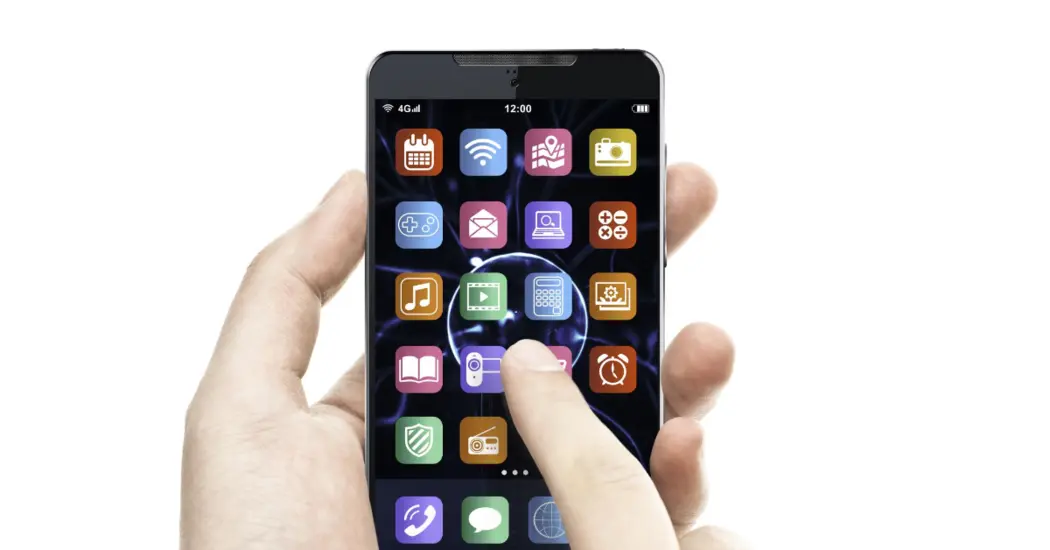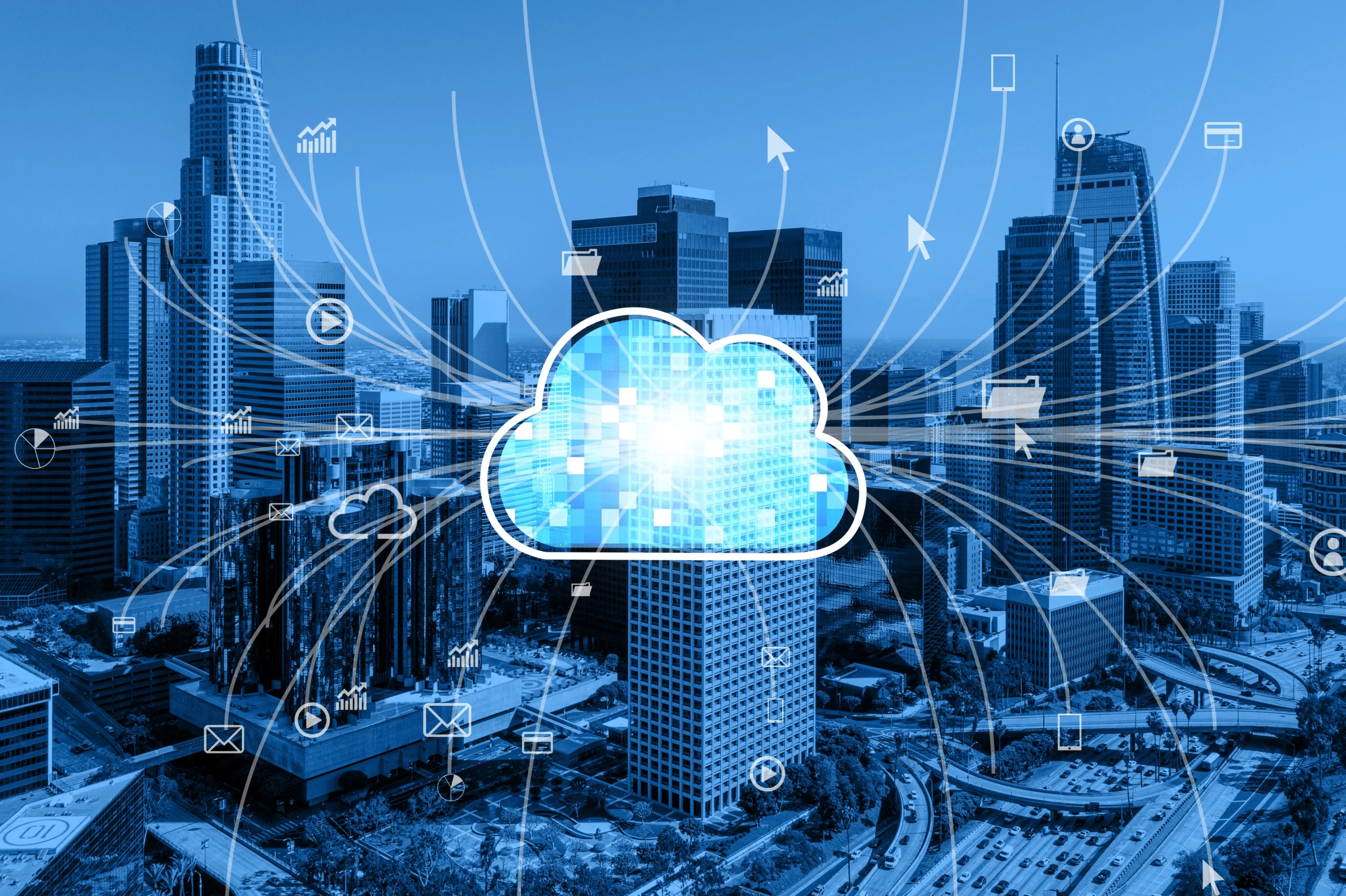Within last few years the farming sector has been experiencing a rather remarkable transformation due to innovative technology. The Internet of Things has contributed significantly to the development of the farming industry, and, in particular, has brought new approaches to farmers on the reception, management, and in the improvement of their purchasing.
Here, we are looking into what good use the IoT apps bring in agriculture, the benefits and issues as well as the prospect of IoT in the future for the farms in the modern era where it becomes indispensable.
Understanding IoT in Agriculture
Internet of Things may be simply interpreted as a network of networks that enable computers to gather data, allocate it, and finally distribute it among the users using sensors, actuators, and software programs. Nowadays, farmers applying the IoT technology in farming which enables them to check water content, temperature, humidity and plant condition in the real-time. For informed and productive decision-making and result-oriented inputs the said statistics are extremely important.
Applications of IoT Apps in Agriculture
The transparency trend of building the Internet of Things platforms and smart devices to increase sustainability and profitability of diverse fields is what makes the space more attractive. Also, it is the success story of agriculture that efficiency is becoming prevalent nowadays because of the huge increase in sustainable agriculture.
- Precision Farming: The Internet of Things (IoT) devices is the weather stations to assistin moisture sensors and drones for regularly monitoring the state of the filed. This data can be used to improve irrigation programming, fertilization programs and pest management strategies, as a result, there will be higher yields and more effective use of resources.
- Livestock Monitoring: Besides crop farming, IoT have an application area in livestock monitoring. With wearable sensors and GPS trackers now a reality, farmers can watch the movement, activity and health of every specific animal in real-time. This results in early disease detection, more efficient feeding of livestock and the development of better breeding plans.
- Supply Chain Management: IoT offers complete visibility and tracking along the whole route of agricultural products. Transportation vehicles, storage facilities, and packaging materials are equipped with sensors that monitor parameters such as humidity, temperature, and product integrity from field to market. And it is through this that quality control, waste reduction, and food safety are achieved.
- Automated Equipment Control: the ability to automate equipment control is a boon to farm operations made possible by Internet of Things (IoT)-enabled gear and tools. For example, tractors that have been outfitted with GPS guidance systems are able to operate independently in fields, allowing them to maximize planting patterns while minimizing overlaps. This also reduces the need for manual work in addition to enhancing precision and uniformity.
- Environmental Monitoring: Internet of Things (IoT) apps are indispensable in tracking and reducing the environmental impacts of agriculture. Which are becoming crucial given escalating concerns over global warming and sustainability. Through tracking of air and water quality, carbon dioxide emissions, and biodiversity levels, the farms can apply ecological farming techniques while the laws are still adhered to.
Benefits of IoT App Development in Agriculture
Sustainable farming practices reduce the environmental impact and preserve the natural resources using the Internet of Things (IoT) that gives the ability to the monitoring the environmental factors and the implementation of the precision agriculture techniques. Besides, here are many more benefits of using IoT apps in agriculture.
- Enhanced Productivity: Agri-tech apps on IoT are good because they help farmers save money on inputs while increasing output with the help of real-time knowledge and practical tips.
- Improved Resource Efficiency: The best distribution of water, nutrients, and energy is achieved using advanced monitoring. And control devices of irrigation, fertilization, and energy use.
- Data-Driven Decision Making: When farmers are provided with updated and verifiable information, they are then able to make informed decisions.
- Enhanced Crop Quality: Monitoring and managing the Internet of Things in the field will enhance crop health, uniformity, and quality, which meets the market and consumer preferences.
Challenges and Considerations
There are a number of obstacles that must be overcome before the Internet of Things (IoT) can be widely used in agriculture, despite the fact that its advantages are considerable:
- Cost: Small-scale farmers might not have starting funds to do IoT infrastructure and technology installation and so there should be a way of financially supporting them and helping them with solutions that are cost-effective.
- Connectivity: In order for internet of things devices to transmit data without a problem, they require consistent internet access. Alternative alternatives, such satellite or LPWAN networks, can be necessary in outlying or rural regions where connectivity is scarce.
- Data Security and Privacy: To guard against the possibility of unauthorized access or misuse of critical farm data that is transferred and stored digitally. It is therefore imperative to have the necessary cybersecurity measures and data privacy protections in place.
Future Role of IoT in Agriculture
By replacing the transportation overhead, computational processes can be processed more quickly, with less latency, and with a better efficiency. This enhances the capability to take decisions on the fly.
- Artificial Intelligence and Machine Learning: Through integration of AI algorithms, optimization of the agricultural sector becomes possible with analytical methods. Such as predictive analytics, anomaly detection and adaptive control.
- Blockchain Technology: Distributed blockchain technology provides immutable records and visible transactions. Which improves the reliability and transparency of food supply chains.
- Drone Technology: Drones have made a lot of progress, giving farmers the ability to apply precision agriculture, aerial imaging and crop spraying. This has made them come up with valuable insights and improve their productivity.
- Collaborative Ecosystems: The emergence of new online communities is bringing together most researchers, farmers, and tech firms making it easy for them to share information.
Conclusion
IoT app development is transforming the image of farming by equipping farmers with new tools for conducting and sharpening their operations. Multiple fields of precision farming, animal management, traceability of the supply chains, and environmental monitoring are the few of IoT applications that help agriculture be more efficient, sustainable, and profitable. Despite the fact that there are still barriers to be defeated, farming might be significantly transformed by the IoT via continuous evolution and cooperation. To fight the problems of today modern farmers may make use of the Internet of Things (IoT) to build smarter and more resilient agricultural systems.




